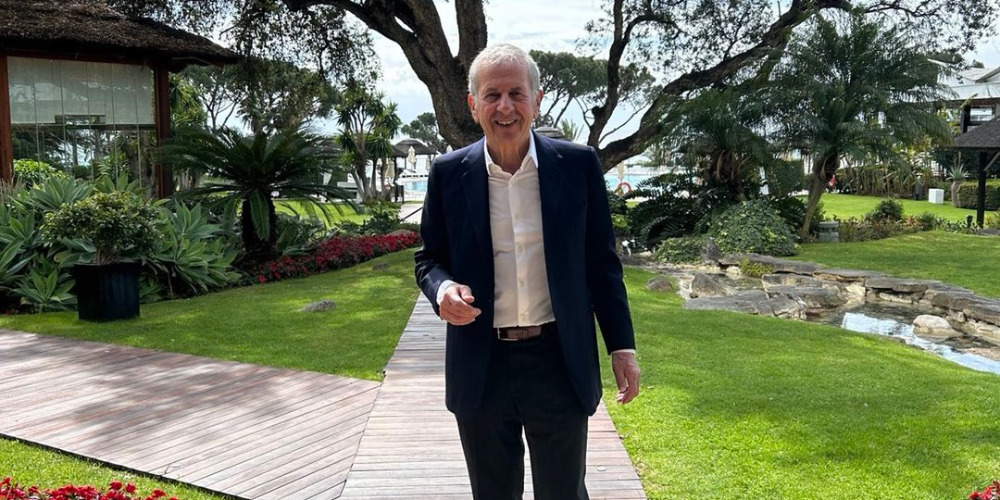Cold calling is often seen as a challenge, but with the right techniques and approach, it can become a powerful tool for boosting sales and building lasting relationships with potential clients. Whether you’re new to cold calling or have years of experience, understanding the art of this practice can make all the difference.
Let’s break down how to maximize success with every cold call.
1. The Crucial First Impression
The first few seconds of a cold call are the most critical. When you reach out to a prospect, your goal is to quickly grab their attention and avoid sounding like just another scripted salesperson. Start the conversation by introducing yourself briefly, but make sure you do it in a way that stands out from traditional cold call openers. This helps keep the prospect engaged right from the start.

Freepik | A strong introduction is key in cold calling. It’s your first impression, and it sets the tone for the entire conversation.
A well-crafted introduction doesn’t rely on clichés or generic scripts. Personalize it based on the industry or company you’re calling. For example, instead of jumping right into a pitch, consider asking a relevant question or mentioning a common problem that your product can help solve.
2. The Power of a Strong Value Proposition
Once you’ve successfully navigated the introduction, it’s time to present a compelling value proposition. It’s essential to showcase how your offering addresses the prospect’s specific needs and pain points. Avoid broad, vague statements and instead focus on what you can deliver that will make their lives easier or more profitable.
Being specific is key—use concrete figures, percentages, or examples of how your product or service can benefit them. For instance, you could say, “Our service can help you increase productivity by 30% in just three months,” or “We’ve helped businesses like yours generate 20% more leads within the first month.” These clear, measurable benefits make it easier for prospects to see the value.
3. Navigating Objections With Confidence
Handling objections is an inevitable part of cold calling. Whether it’s a concern about pricing, timing, or simply not being interested, knowing how to respond effectively is crucial. One effective method is the PAQ technique – Pause, Acknowledge, and Question.
1. Pause – Allow the prospect to finish their thoughts without interrupting. This gives you a moment to process their objection.
2. Acknowledge – Show that you understand their concern. For example, you might say, “I completely understand why you’d be concerned about that.”
3. Question – Ask follow-up questions to gain clarity on the objection. For instance, “What would make you feel more comfortable about moving forward?”
By following this approach, you demonstrate empathy and allow the conversation to continue in a more productive direction.
4. Closing the Deal
After addressing objections and building rapport, it’s time to close the call. However, closing a cold call doesn’t always mean securing a sale on the spot. Instead, aim for a commitment of any kind—whether that’s setting up a follow-up meeting, sending additional information, or simply confirming their interest.
Be direct but polite when making your closing statements. For example, you might say, “Would it be possible to schedule a brief meeting to discuss how we can help your team achieve its goals?” Even if the prospect isn’t ready to buy immediately, having a clear next step will keep the conversation going.
Tips for Improving Cold Calling Success

Freepik | Avoid the biggest cold calling mistake – talking too much. Listen actively to your prospect’s needs.
Improving your cold calling success rate doesn’t happen overnight, but with the right strategies, it can become much easier. Here are a few tips to help you along the way:
1. Research Your Prospects
Before picking up the phone, take a few minutes to research your prospect’s company and role. Knowing a little about their business can help you personalize your pitch and show that you understand their industry.
2. Have a Clear Goal
Know exactly what you hope to accomplish with each call. Whether it’s scheduling a meeting or sharing product details, having a clear objective helps you stay focused.
3. Listen More Than You Talk
One of the biggest mistakes cold callers make is talking too much. Instead, listen carefully to your prospect’s needs. Asking questions and giving them time to speak will provide valuable insights into how your product or service can solve their challenges.
4. Be Confident With Objections
Don’t shy away from objections. Handle them confidently by acknowledging the prospect’s concern, offering a solution, and showing how your product or service benefits them.
5. Keep it Short and Sweet
Respect your prospect’s time. Keep the conversation concise while ensuring you cover all necessary points. If they’re interested, they’ll want to continue the conversation.
6. End With a Strong Call to Action
Never leave a cold call without a clear next step. This could be setting up a meeting, sending more information, or arranging a follow-up call. Make sure the prospect knows exactly what to expect.
Mastering cold calling takes practice, but it’s a skill that can be developed with the right approach. By refining your introduction, presenting a strong value proposition, handling objections effectively, and closing with a clear call to action, you’ll increase your chances of success. Remember, cold calling isn’t just about making a sale—it’s about building relationships and providing real value to potential clients.











